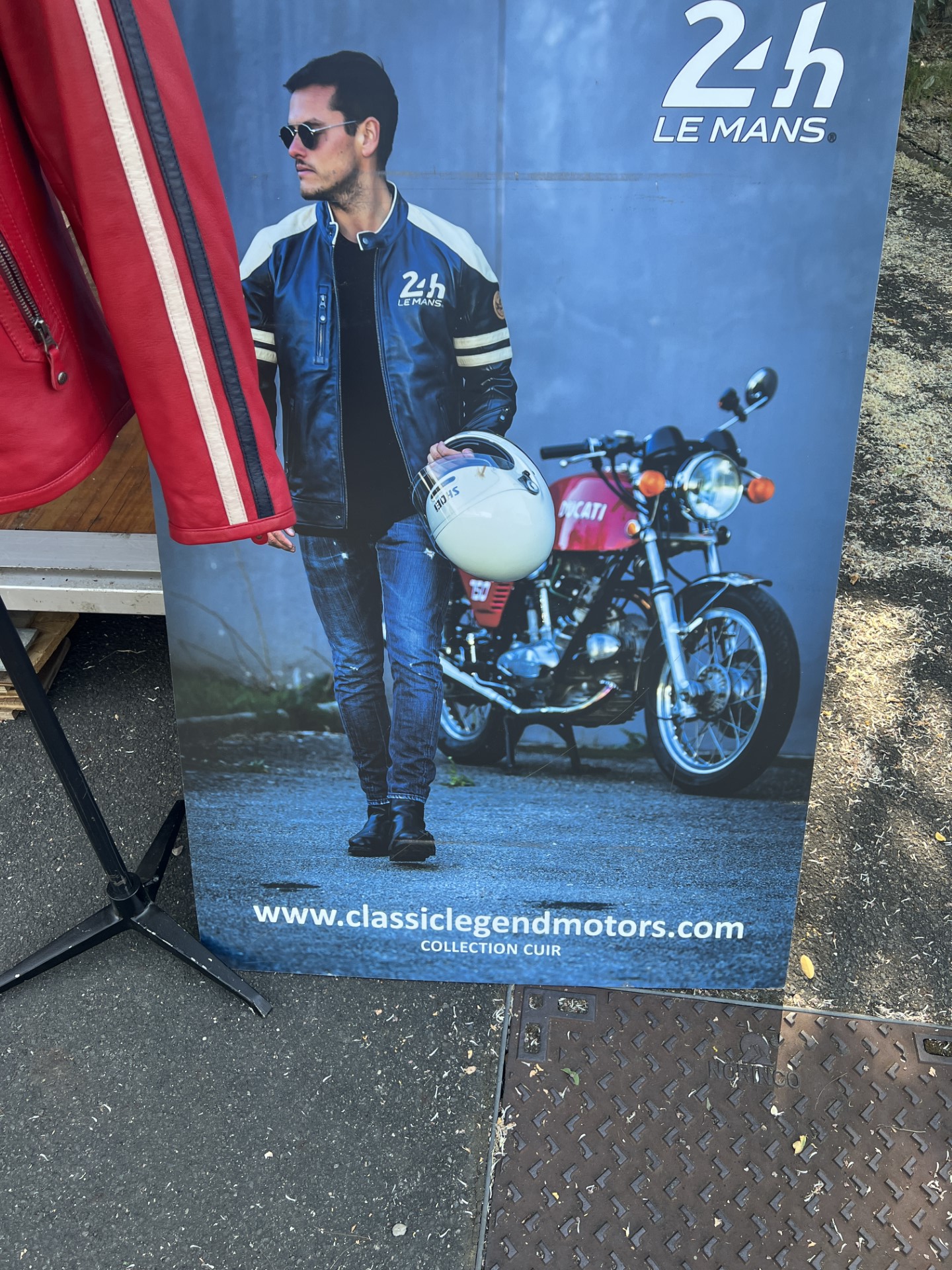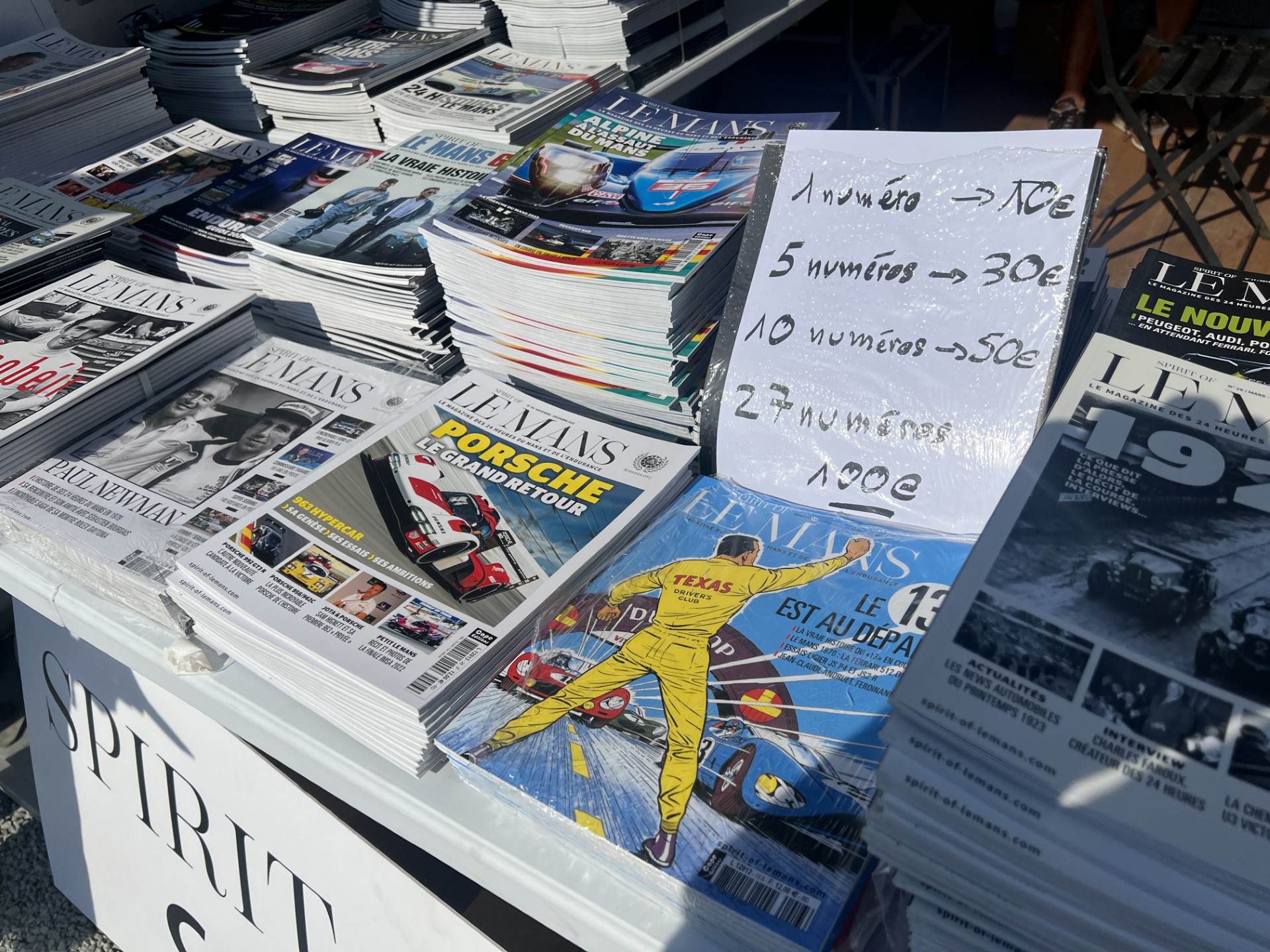They say there’s a first time for everything… Even though we’ve had great exposure to Auctions through our relationship with Garage Style Magazine and interviewing people from various organizations and auction companies as part of our collaborative work on Break/Fix podcast, I have to admit that I’ve never personally been to a formal auction. I’ve been to the occasional estate sale and gone spelunking at vintage and antique markets on the weekend with my family, but car shopping (for me) is a very digital experience. I avoid the dealerships and used car lots until I know what I really want, but… Le Mans changed all that.
Going to France to celebrate the 100th Anniversary of the 24hr of Le Mans wasn’t by accident, this trip took 3 years of careful planning by my wife and it was a very important bucket list item I wanted to cross off. The entire week was filled with sleepless, action-packed days with an overwhelming feeling of #FOMO (Fear Of Missing Out) as the kids call it. There were lots of “firsts” on this trip and it was all very surreal, and it still is. I’ll be covering more aspects of my European adventure in other Racer’s Den articles, so we’ll focus on this one particular experience: The RM/Sotheby’s Auction at Le Mans.
Like many other racing events, organizers try to create an “Olympic Village” ambiance, usually at the nucleus of where pedestrian traffic wanders. A motorsports village is usually comprised of demo booths, vendor tents, some temporary and permanent stores where you can shop for branded gear, cars on display, and often times a pop-up art gallery. You should expect to find this same experience at not only Le Mans but Formula 1 and IMSA weekends, if you’re planning to attend an upcoming race.
There are always exclusive “only available here” memorabilia at these types of events. If you’re a collector or even just an enthusiast, think about what might be worth getting now that could be worth something in the future. It’s a gamble, but think about everyone that bought Ferrari merchandise and now has something precious and coveted as a result of their win.
I’d also like to share some shopping advice: Don’t fall victim to anything you could buy online, back home, or was made available before the event. Often the prices for these items are inflated during race week. Try not to impulse buy. If you have internet access via your phone, a quick search might yield a better deal and the item will be waiting for you at home without worrying how to solve the “How do I get this back in my luggage?” conundrum.
As we browsed all the offerings in the village I wasn’t expecting to come across a RM/Sotheby’s tent right across from what became one of our favorite Brasseries to eat at. If you weren’t paying attention, it was actually easy to miss despite its size. The curtains were only open during specific times of day for short periods to keep the venue clear of dust and debris in preparation for the auction. Inside the tent, it was part museum but all business. Buyers were surrounded by “vehicles of note” with some sort of Le Mans history, significance or pedigree.
As I’d mentioned, this was my first formal auction and I’ve always had this fantasy of what it would be like, which has been partially influenced by scenes like the one below from the 1998 film “The Red Violin” starring Samuel L. Jackson.
I won’t say that my illusion has been broken, quite the contrary, actually. There was an anxious anticipation in the room, a quiet tension, as bidders raised their paddles and brokers handled online and telephone bids for each vehicle. It was all handled with the delicate precision of surgeons. While you’re witnessing it unfold, it feels like the car is on the block for an eternity but it’s all rather fast-paced. When a final blow of the gavel landed and a price was settled upon, I suddenly realized I’d been holding my breath and could concentrate again. I can’t say if all auctions are like this, but it was intense and euphoric.
There were too many vehicles to hone in on all of them extensively but I do want to highlight a personal favorite of GSM’s editor-in-chief Don Weberg, a 1993 Jaguar XJ220 C LM which marked Jaguar’s final win at Le Mans after pulling out of the series officially in 1993. This Jag was driven by David Brabham, John Nielsen, and Formula 1’s David Coulthard. It’s 1 of 4 built for the series, in an already small number of XJ220’s produced starting from their debut in 1988. The XJ220 was a supercar that transcended to the level that we would consider “hyper-car” status today. It broke the mold that was solidified by its mainland European rivals, the Ferrari F40 and the Porsche 959. The XJ220 was truly a remarkable car and a step away from the “normal British cars” of the time. With a price tag of “furnished upon request,” you know you have something special if this ends up in your garage.
Other vehicles of note that were available at the RM/Sotheby’s Le Mans auction included:

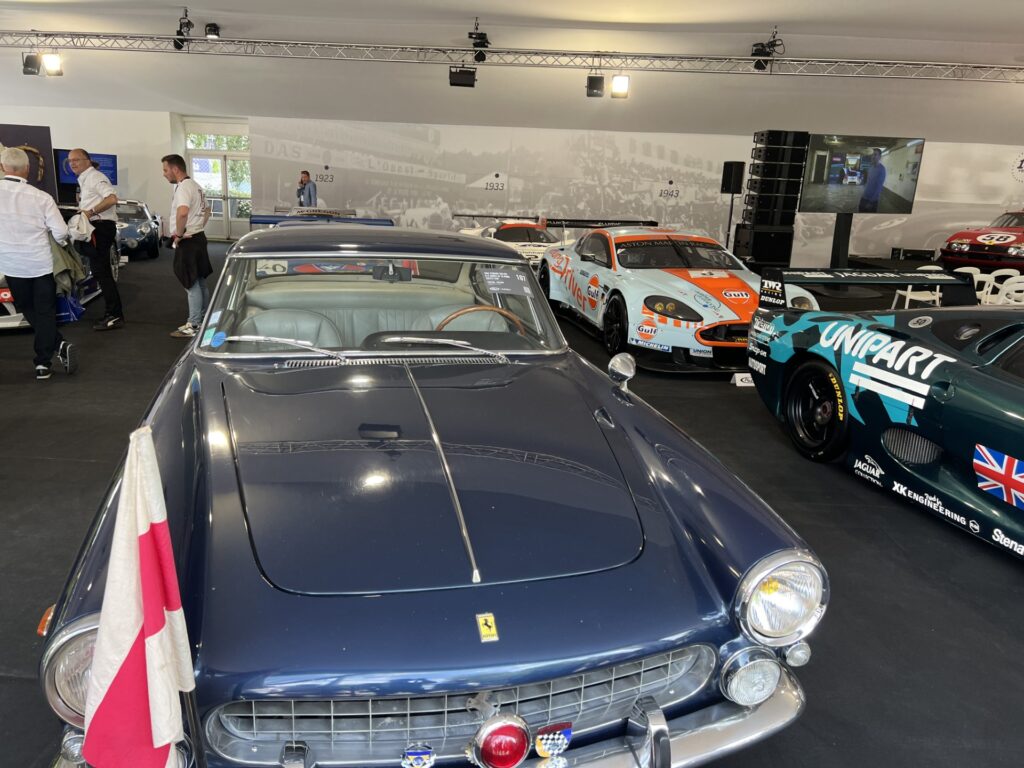
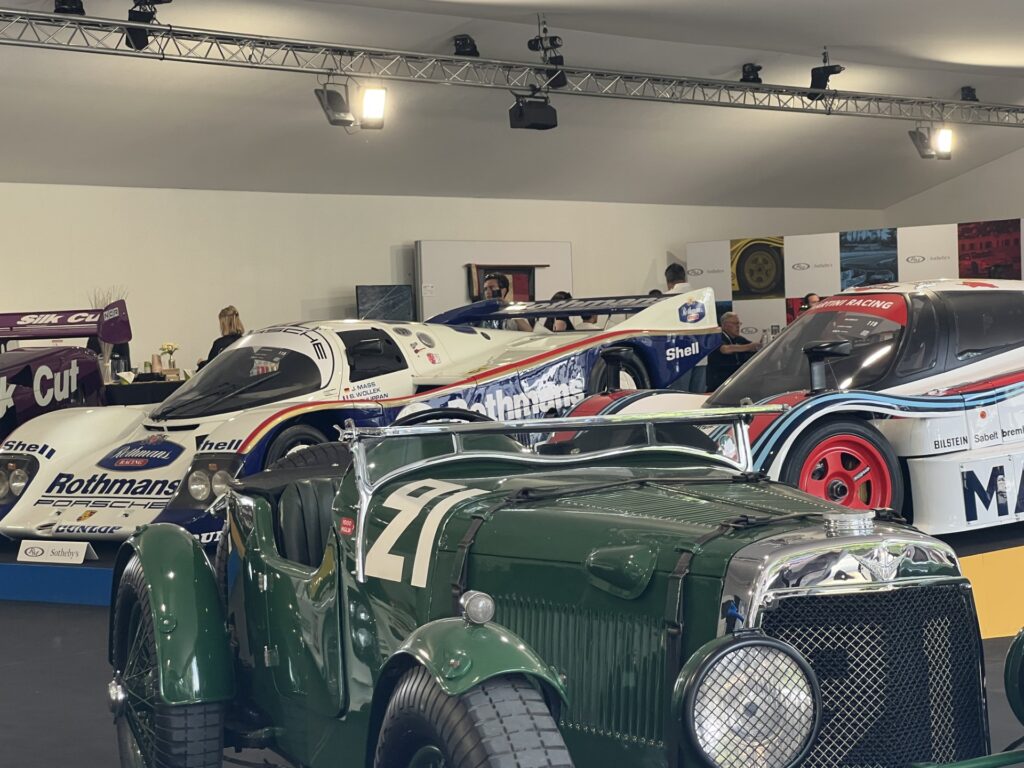
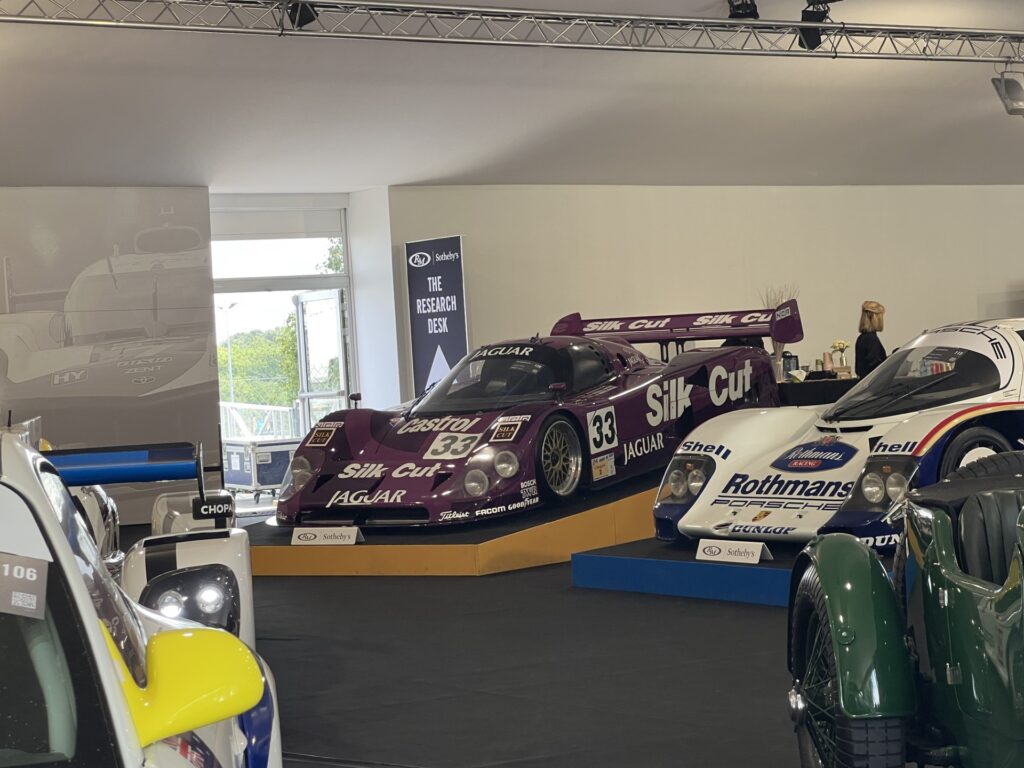
The full list of vehicles still for sale and sold is available here. But the one we were all waiting for was the 1969 Ferrari 365 GTB/4 Daytona. Is it because Ferrari hadn’t won at Le Mans in 50 years? 2023 marked their triumphant return to Le Mans with the LMDh 499-P. Or that we’ve heard William Ross (Exotic Car Marketplace) and Colleen Sheehan (Ferrari’s Online) speak to the collectability of the 365 GTB/4 many times? Actually, it’s because this car is a symbol of “the best of the last,” as it marked the end of the “big body race cars” at Le Mans before classing was forcibly reconstituted to include what became known today as “prototypes.” Cars like the Porsche 917 came on the scene in 1970, changing the way we looked at the sport from then on.
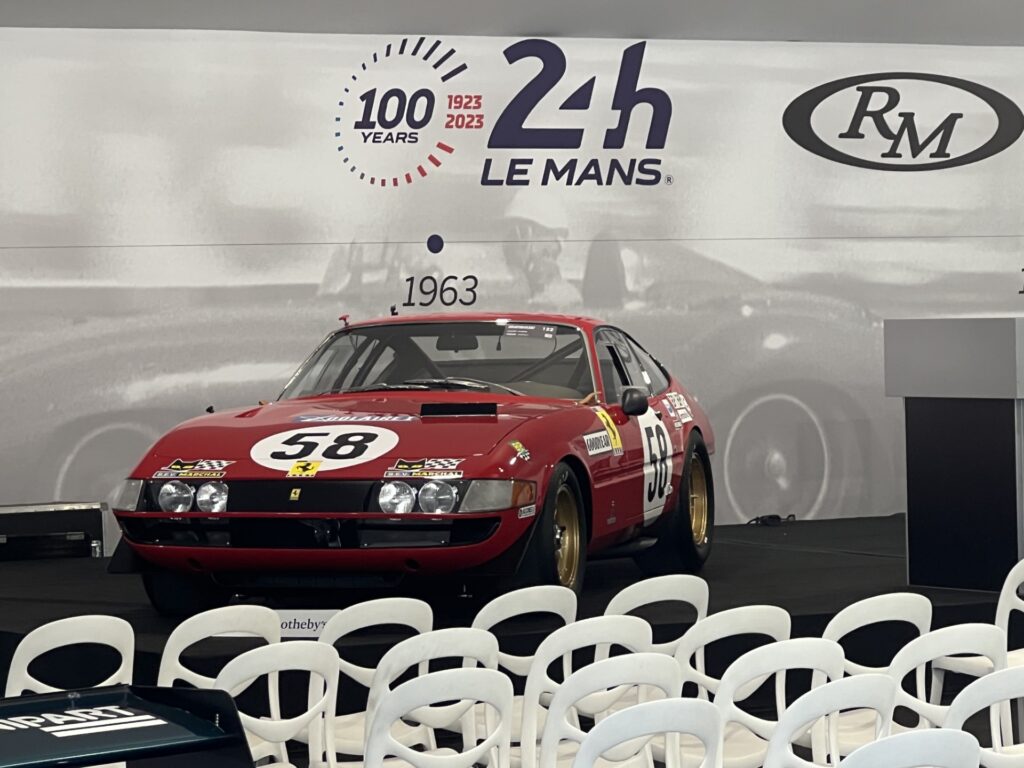
Though we couldn’t stay for the entire auction, the bidding on the 365 GTB/4 – when we stepped away – was at $4.2 million, which by some would be classified as “high” for such a car. But I believe we can give this car a pass for being of motorsports significance. It carries a little more provenance than your average GTB/4, and fetched a final selling price of $5.2 MILLION EUROs. Impressive!
Impressive is also the adjective I’ll use to summarize the entire auction experience. Though I still have many firsts to explore and endure in my life, there are fewer now on my list of vehicle and motorsports “firsts” to cross off. I look forward to my next auction and learning more about the intricacies of the process, and most importantly, taking what I’ve learned from this experience and applying it to our What Should I Buy? debates on Break/Fix. Until then… #neverstoplearning.
Merry Motoring...
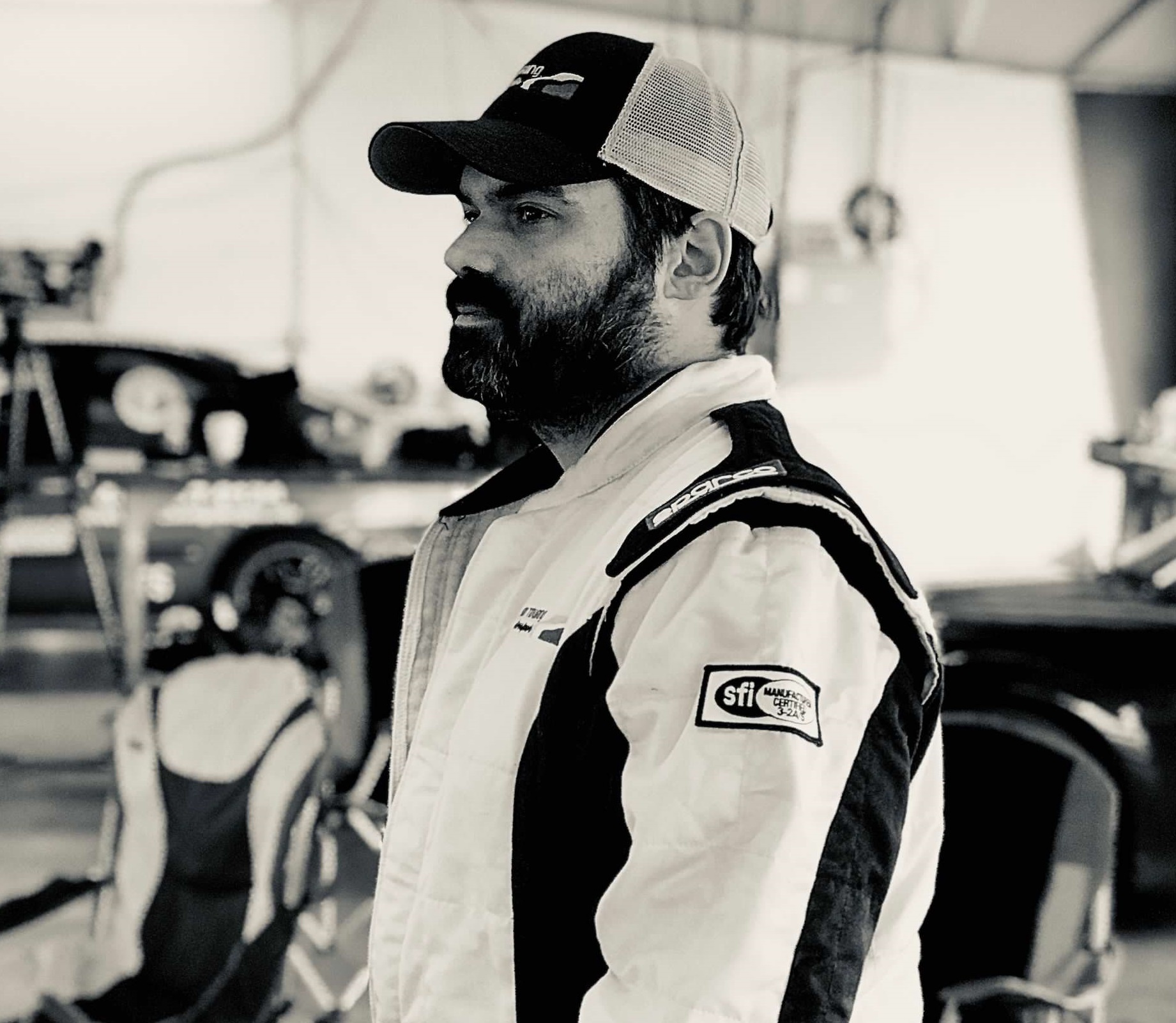
This article has been brought to you by the friendly folks at Gran Touring Motorsports.







